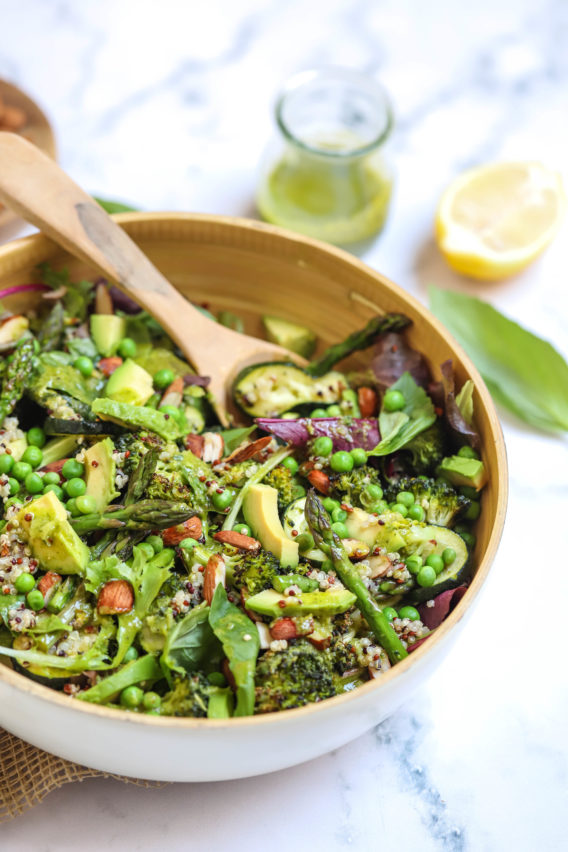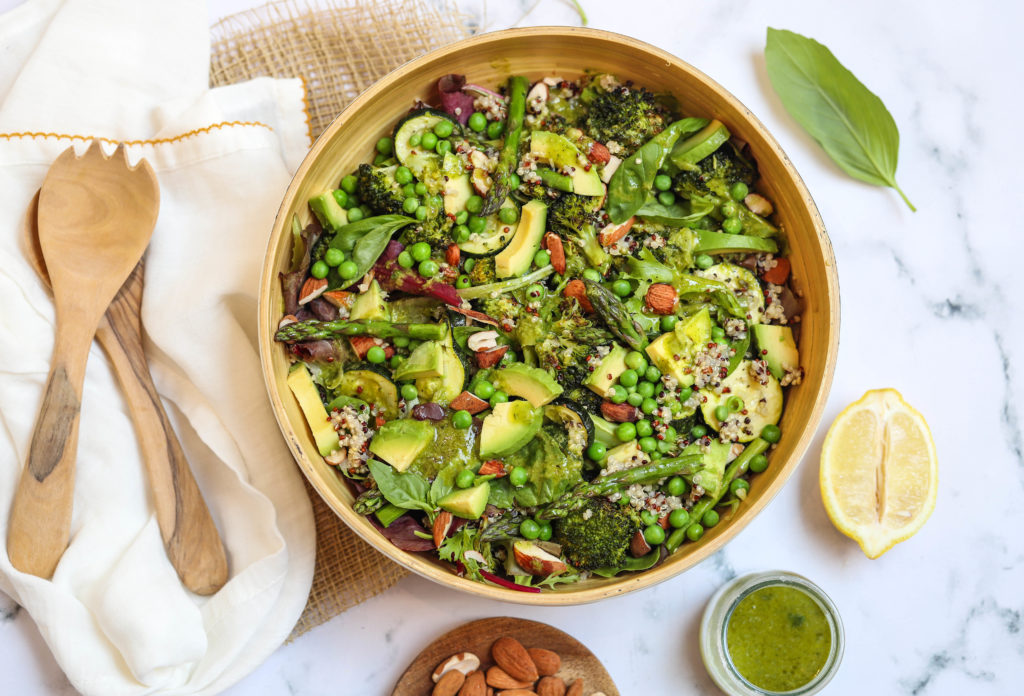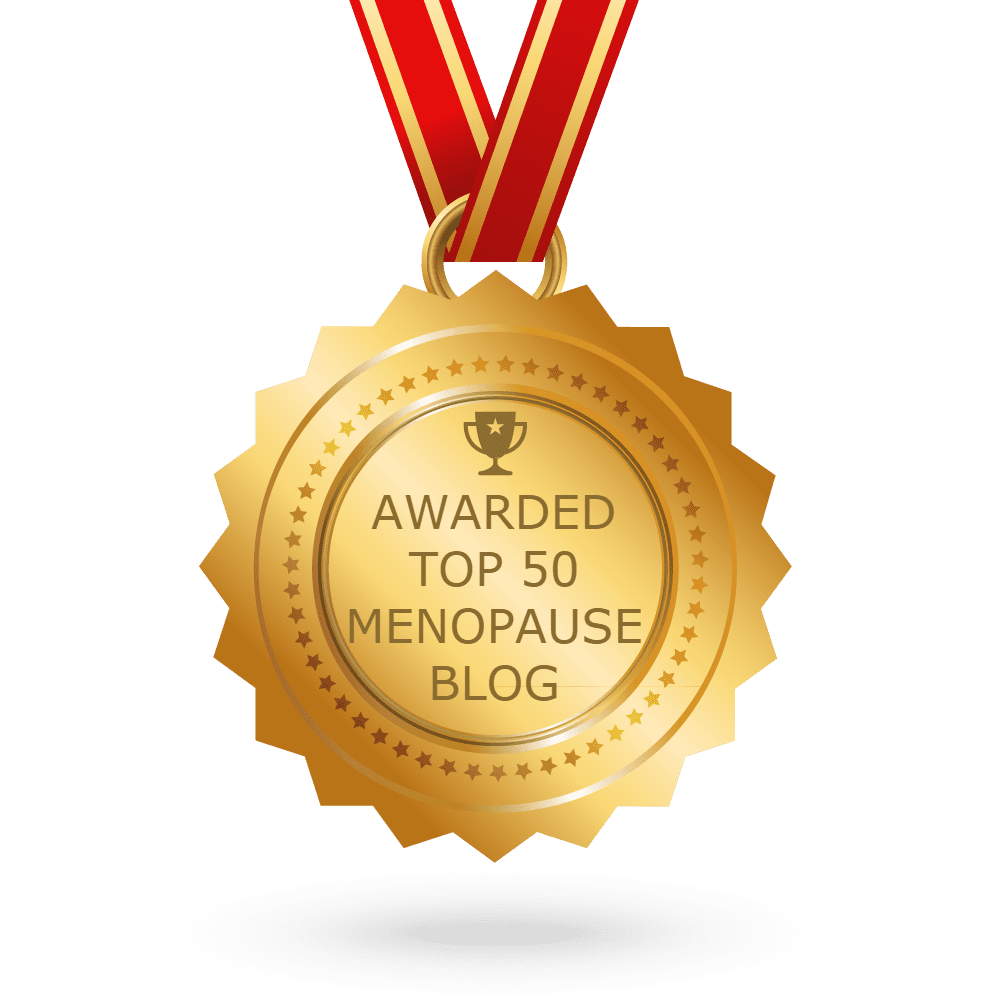At MenoMe® we’re all about waistline- and hormone-friendly recipes during menopause because, the truth is, food matters.
A lot.
This is because, as you head into perimenopause through to post-menopause your digestive processes change.
Click here to read the how’s and why’s of digestion shifts.
In addition, your sensitivity to insulin reduces as you lose protective estrogen increasing the rate of insulin resistance.
As a result, weight gain occurs as does your risk of Type 2 diabetes.
What’s more, the risk of heart disease in women post-menopause increases exponentially.
Find out more about heart disease in women here.
So we serve up recipes that taste delicious and help to keep your blood sugar balanced, your heart happy and your digestion optimised.
The following recipe encompasses plenty of green leafy vegetables, protein and healthy fats encompassing phytoestrogens, protein, fibre and fat (PPFF).
Discover the ins and outs of PPFF here.
And we invite you to download your FREE list of 33 Phytoestrogen Foods here.
Tip:
One fantastic ritual for weight management and hormonal balance is to eat a fresh green salad at least once, preferably twice, daily. This is valuable at any stage of life but even more so during menopause.
Super Green Salad With Roasted Vegetables

For the salad:
- ½ cup (85g) quinoa
- ½ broccoli head, cut into florets
- 1 medium zucchini, sliced
- 1 bunch asparagus (approx 125g), ends snapped off & discarded
- 2 tbsp olive oil
- ½ cup (75g) almonds, chopped
- ½ tsp salt
- ½ cup (75g) frozen green peas, thawed
- 1 cup (100g) mixed salad leaves
- 1 ripe avocado, sliced
- 2 spring onions, thinly sliced
For the dressing:
- 4 tbsp olive oil
- 1 tbsp lemon juice
- ½ tbsp lemon zest
- 2 tbsp basil, chopped
- 2 tbsp mint, chopped
- 1 garlic clove, minced
- salt & pepper
Method:
- Always soak/rinse quinoa before use to remove bitter tasting saponins which can make quinoa harder to digest.
- Then cook the quinoa according to instructions.
- Preheat the oven to 220°C (430°F). Prepare a large baking tray lined with baking paper.
- Place the broccoli, zucchini and asparagus on the tray and drizzle with olive oil.
- Pop into the hot oven and roast for around eight minutes, then remove from the oven and take the asparagus off the tray.
- Now return the tray to the oven and continue cooking for a further 7-10 minutes, until the broccoli and zucchini are cooked through and tender.
- Heat a dry skillet/frypan over a medium heat and toast the almonds for a few minutes until golden and slightly plump. Sprinkle with sea salt and allow to cool down before chopping.
- Place all the dressing ingredients into a blender and blend until smooth. Taste and adjust seasoning as necessary.
- To serve, place the quinoa, roasted vegetables, green peas, toasted almonds, salad leaves, sliced avocado and spring onions into a large bowl. Drizzle over the dressing and gently toss until combined.
- Serve immediately or store in the refrigerator for later.
If you’re experiencing digestive issues we have VitaminKIWI to help with that.
GF/DF/V

Image and recipe © JGMLimited – reprinted with permission.









